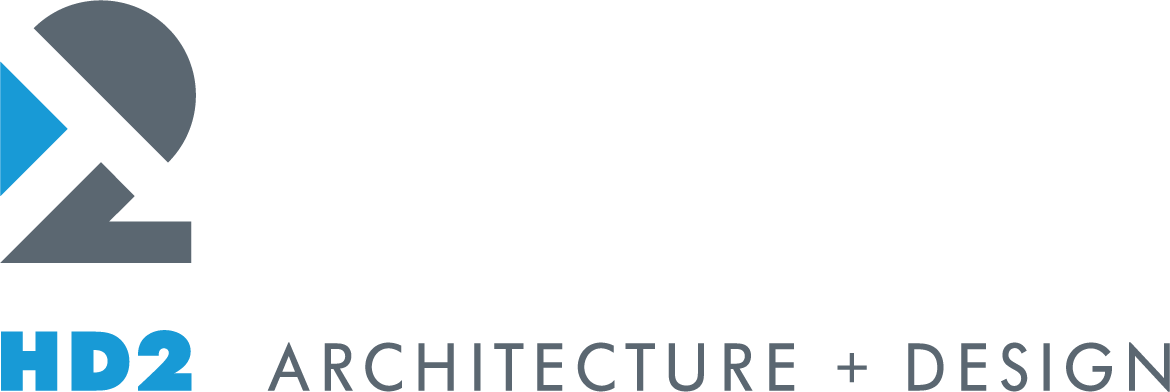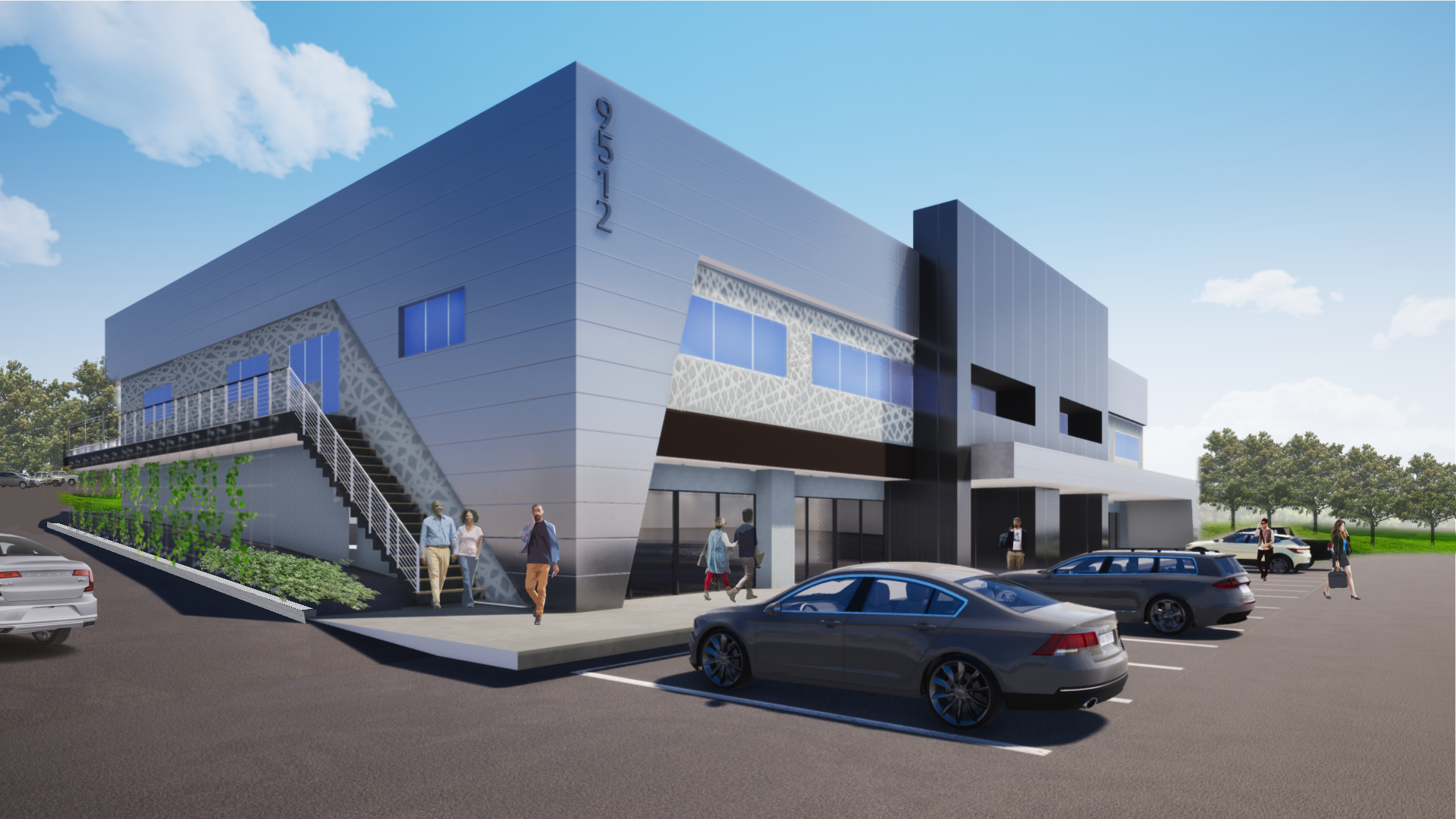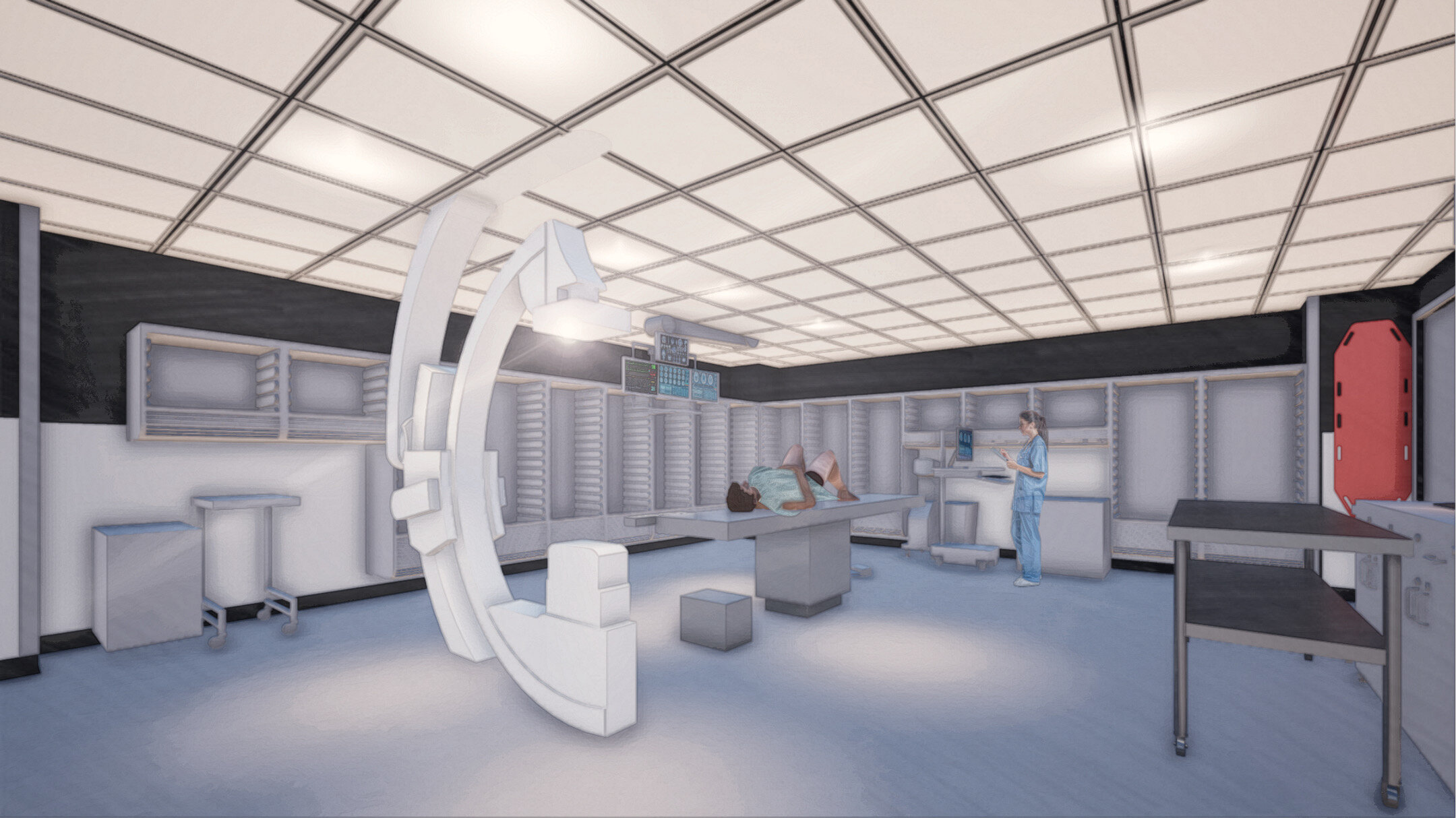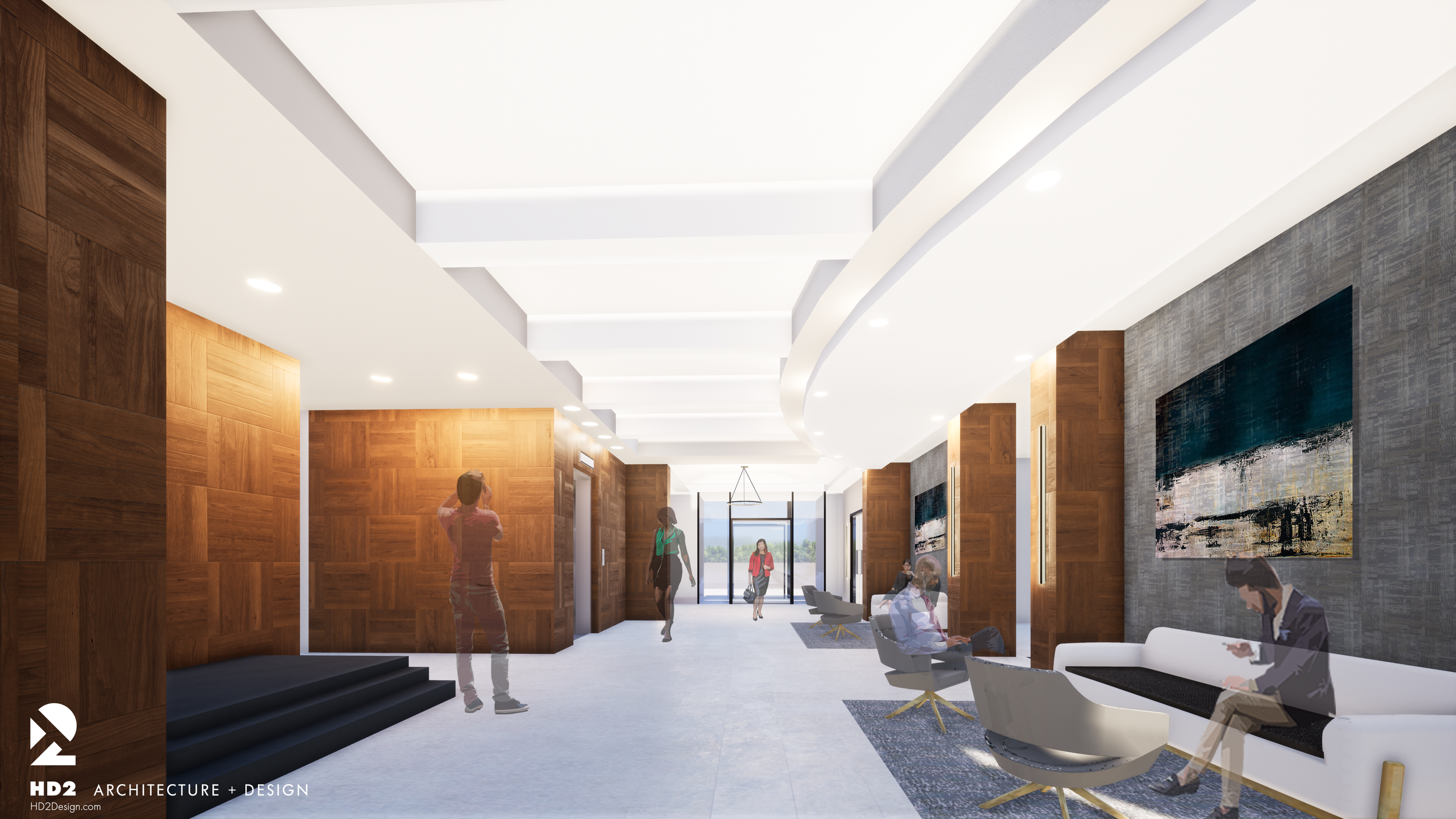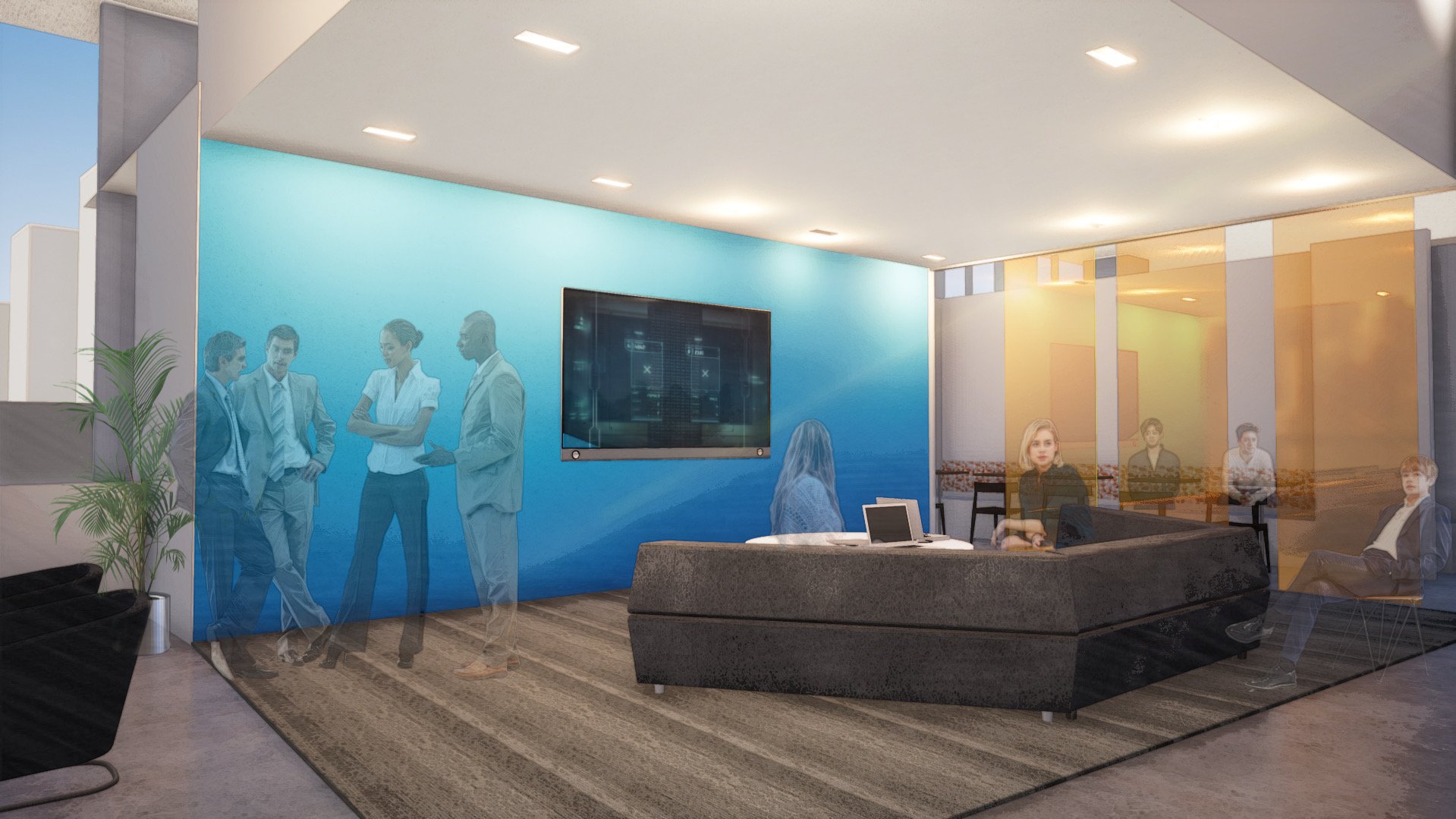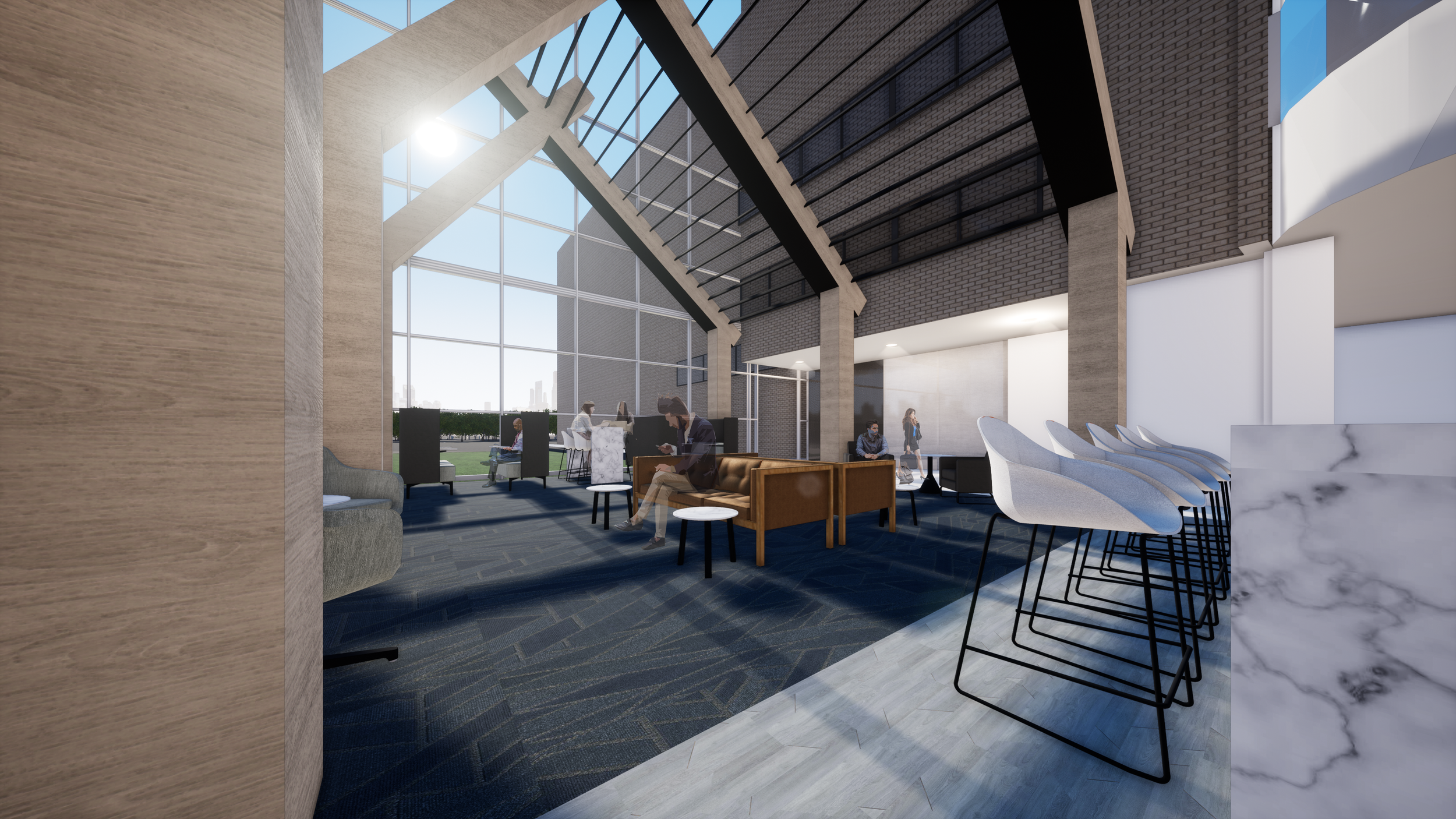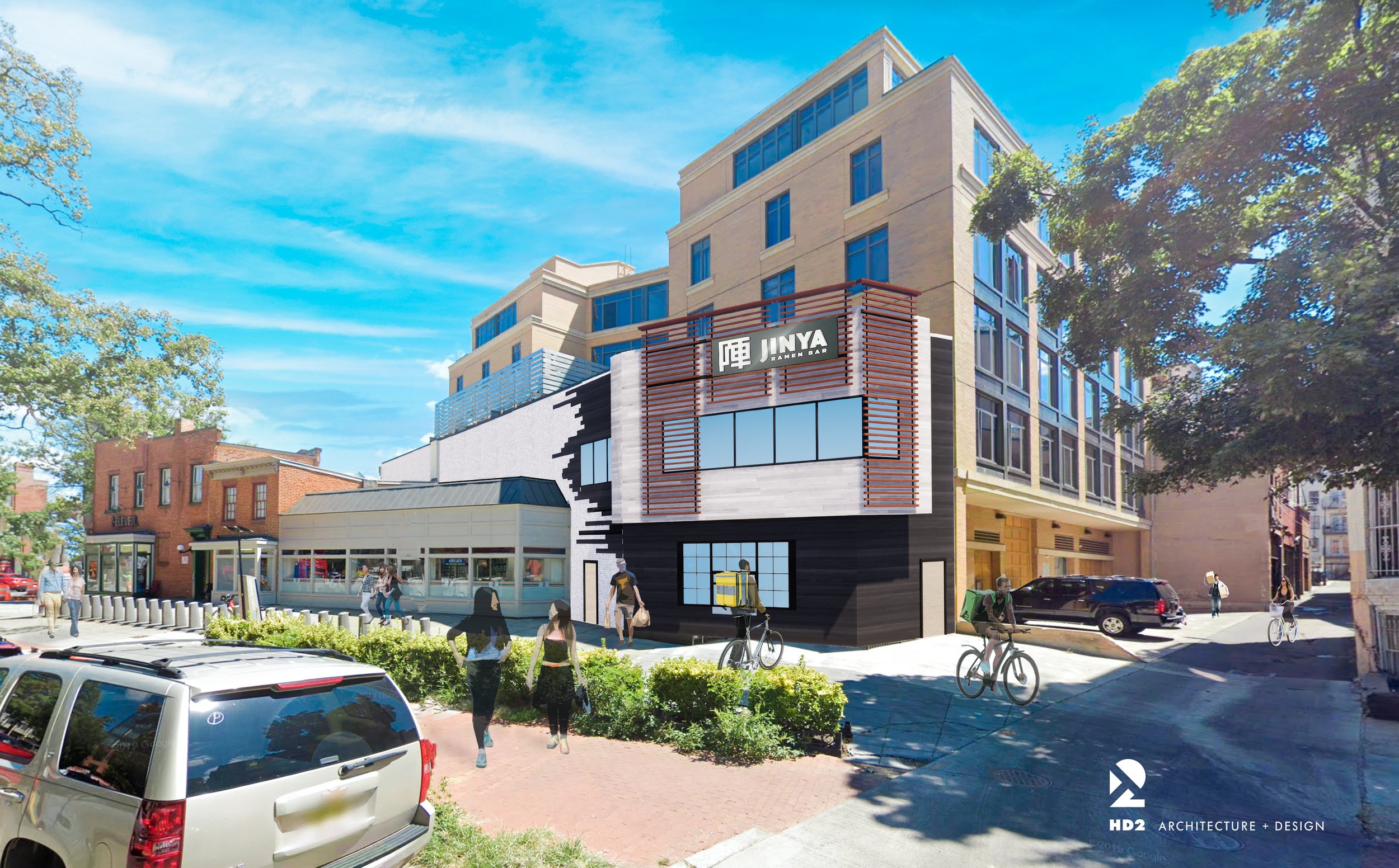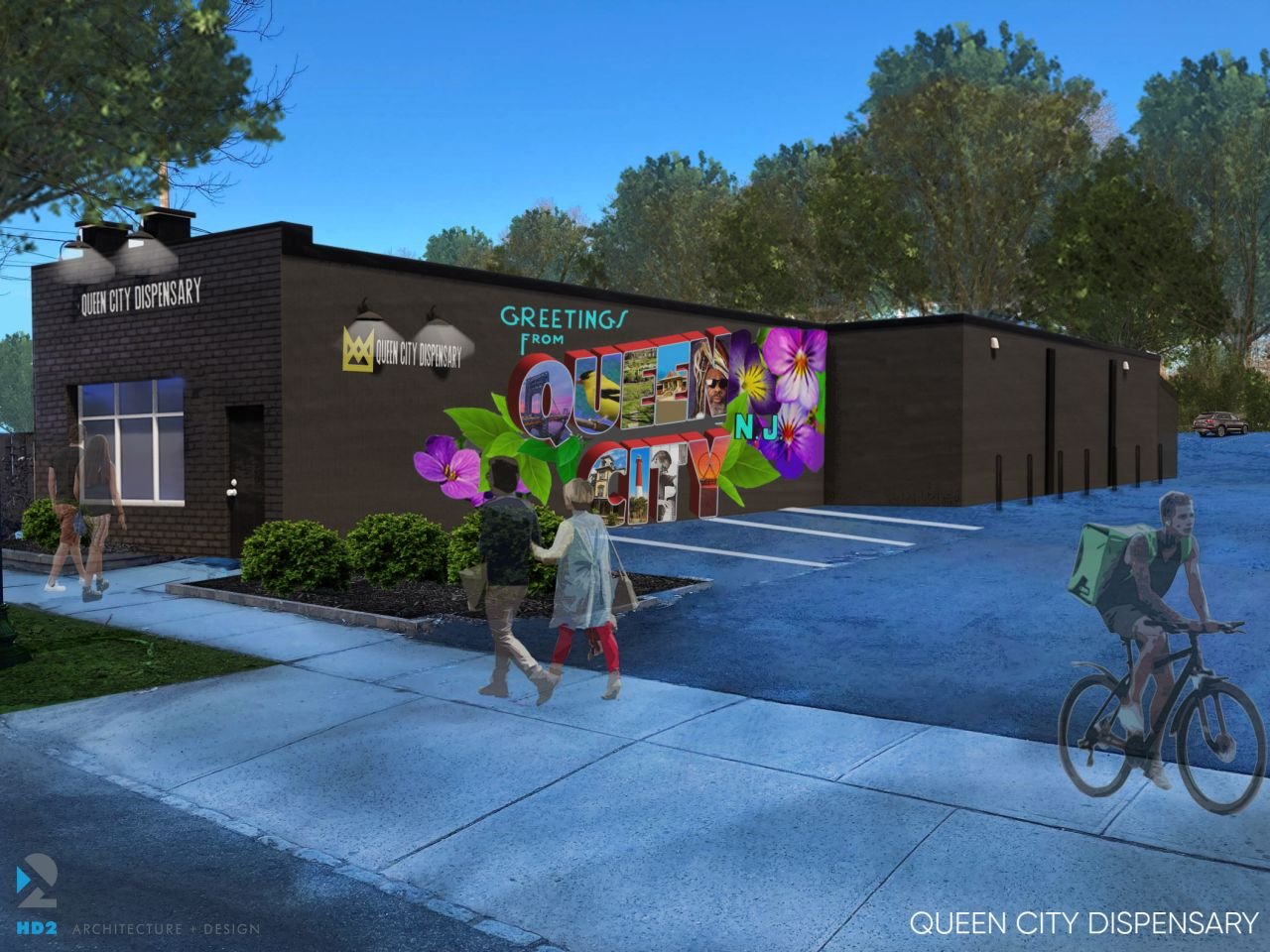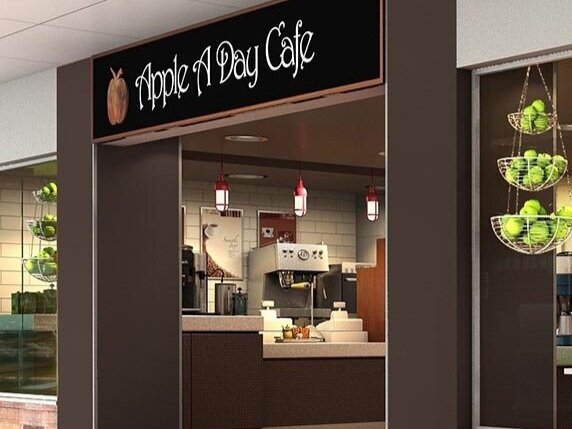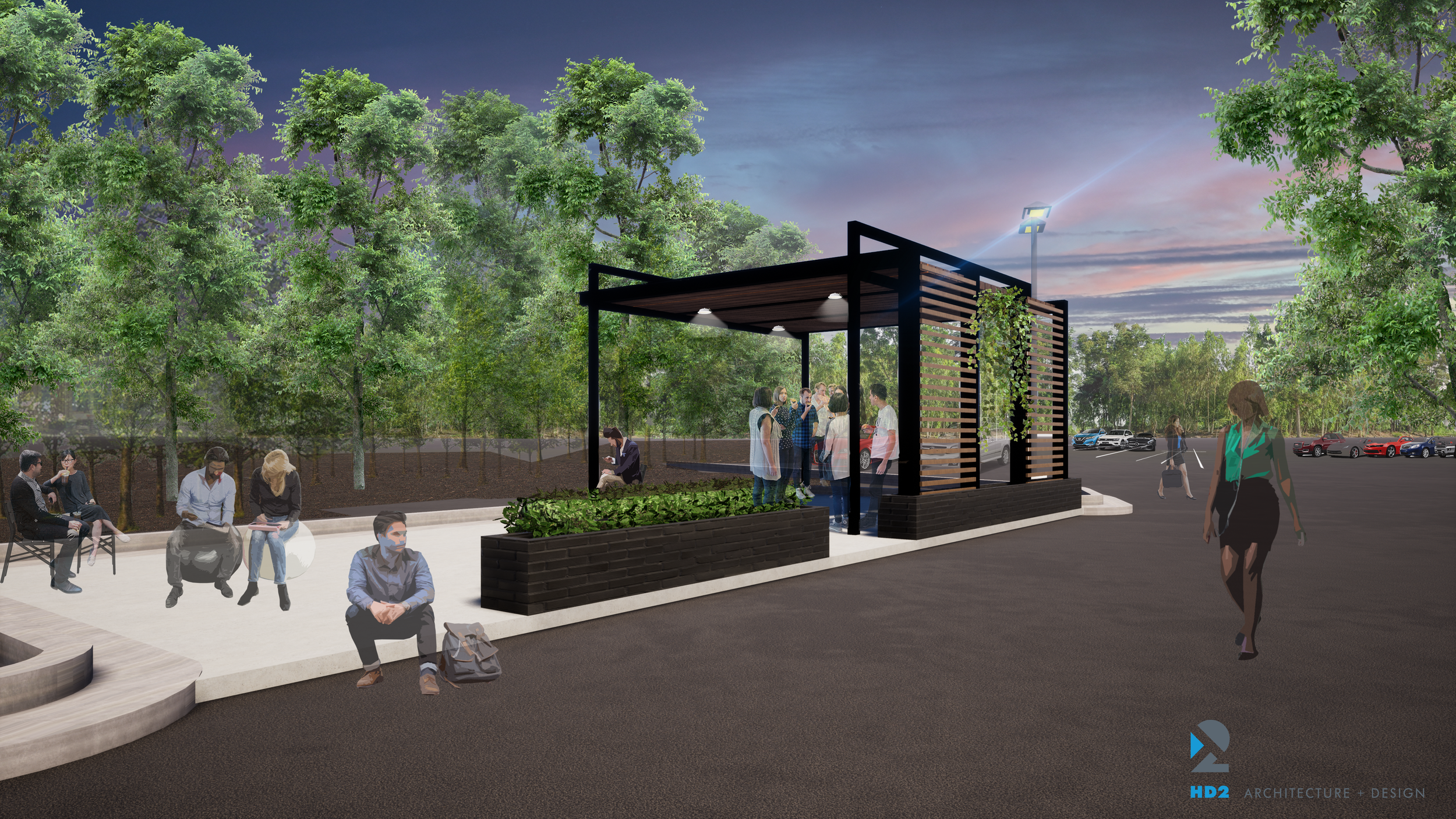In the dynamic world of architecture, where aesthetics, functionality, and client satisfaction play vital roles, one tool has emerged as a game-changer: renderings. These visual representations of architectural designs have revolutionized the way we communicate and collaborate with our clients. Let’s explore the profound significance of renderings and how they contribute to the success of commercial projects.
Bridging the Imagination Gap
Renderings possess the remarkable ability to bridge the gap between a designer’s imagination and a client’s vision. Sometimes it’s a struggle to visualize a project based solely on technical drawings. Renderings, with their lifelike 3D representations, empower our clients to better understand and envision the final outcome. By providing a realistic depiction of the proposed design, we can eliminate ambiguity and ensure that we share a creative vision.
Enhancing Communication and Collaboration
Clear communication is the bedrock of any successful architectural project. Renderings serve as a common language, facilitating effective communication and collaboration between architects and their clients. Through renderings, we can present various design options, materials, and color schemes, enabling our clients to make informed decisions in real-time. This collaborative process ensures that the final design meets the client’s expectations and requirements.
Instilling Confidence and Trust
Clients invest significant resources in architectural and interior design projects. Renderings instill confidence and trust in clients by providing them with a realistic preview of the future space. They allow our clients to assess the aesthetics, functionality, and spatial flow, thus minimizing the risk of dissatisfaction or costly design changes during the construction phase. Renderings act as powerful persuasive tools, giving clients the assurance they need to move forward with the project.
Marketing and Promotion
In the competitive commercial landscape, renderings are invaluable marketing assets. They enable clients to visualize and showcase the potential of a space, making it easier for them to attract investors, tenants, or customers. High-quality renderings can be used in brochures, websites, presentations, and marketing campaigns, effectively communicating the project’s unique features and selling points.
Cost and Time Efficiency
The early integration of renderings in the design process can lead to significant cost and time savings. By visualizing the project in detail, designers and clients can identify design flaws or discrepancies before construction commences, thus minimizing the need for costly revisions or delays. Renderings also allow us to explore different design iterations swiftly, reducing the time required for decision-making and enhancing project efficiency.
Renderings have become indispensable tools for architects and interior designers working with their clients, transforming the way design concepts are communicated, collaboration is fostered, and projects are marketed. As designers, we embrace the power of renderings, harnessing their potential to create extraordinary spaces that meet the aspirations and requirements of our clients.
